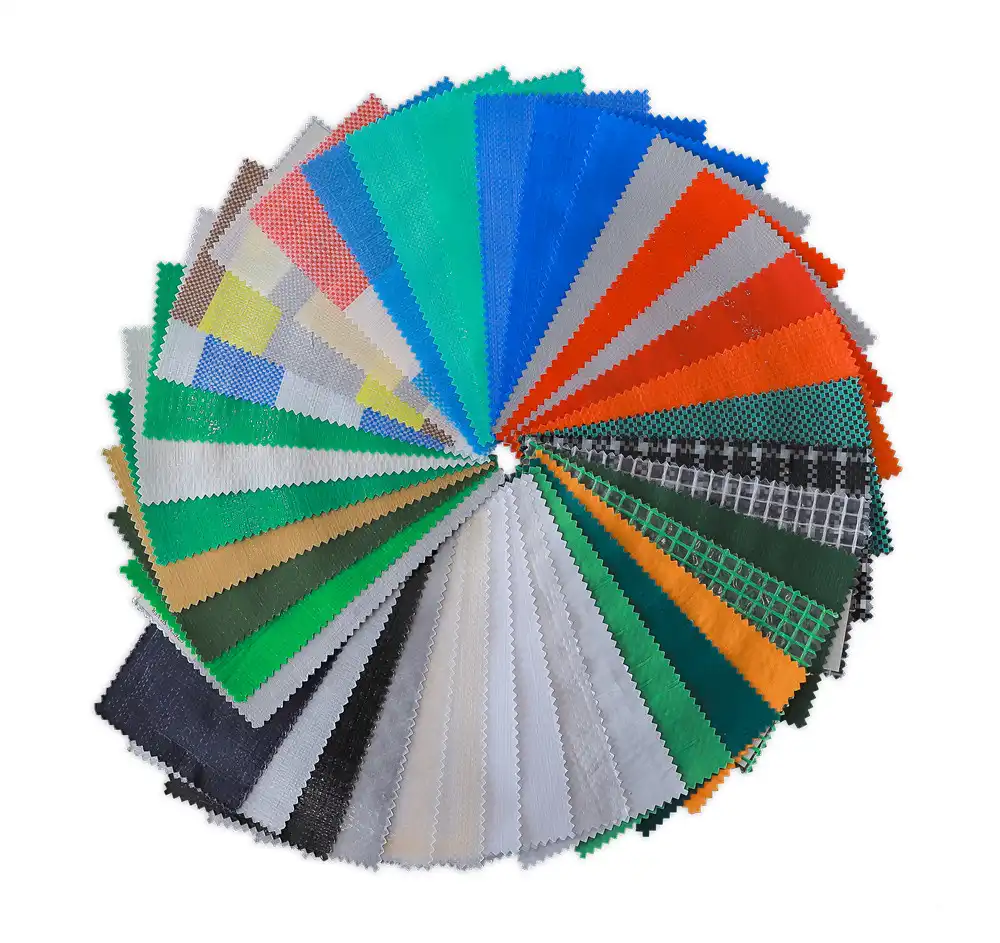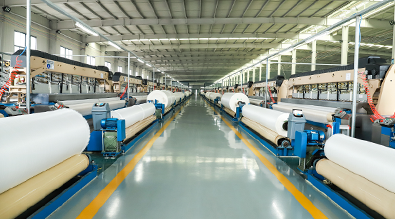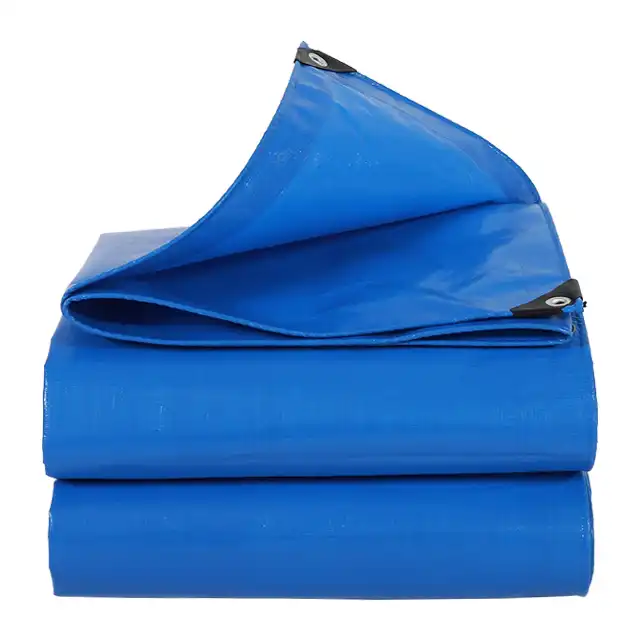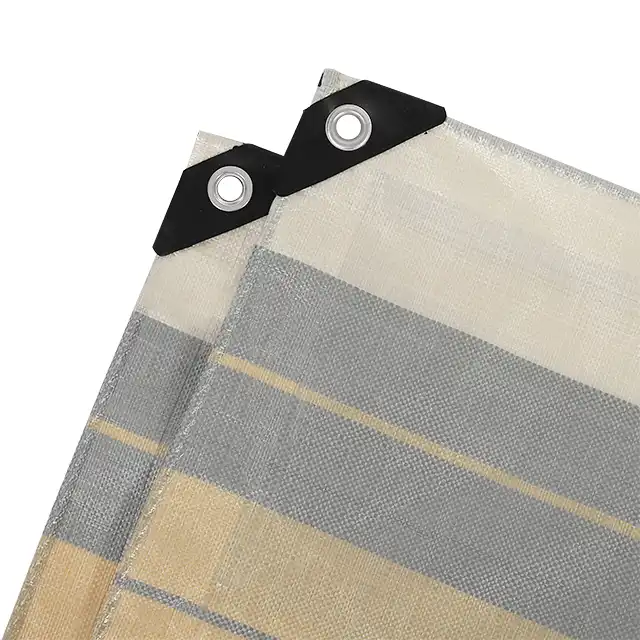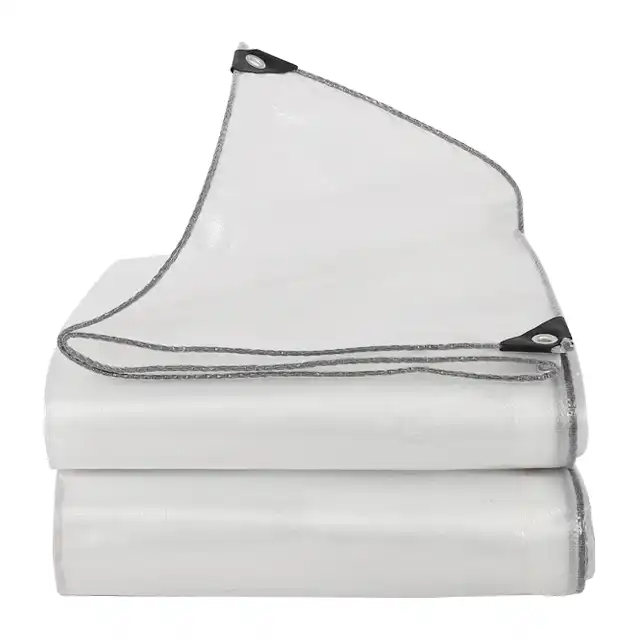How to Choose the Best Pond Liner for Your Fish Pond?
Selecting the right pond liner is crucial for creating a healthy, long-lasting aquatic environment for your fish. A quality pond liner serves as the foundation of any successful fish pond, preventing water loss, maintaining water quality, and protecting your investment. Whether you're building a small ornamental koi pond or a large commercial aquaculture facility, understanding the key factors in pond liner selection will ensure your project's success. This comprehensive guide will walk you through material options, sizing considerations, durability factors, and installation best practices to help you make an informed decision that meets your specific requirements and budget.
Understanding Different Types of Pond Liner Materials
EPDM Rubber Liners for Fish Ponds
 EPDM (Ethylene Propylene Diene Monomer) rubber represents one of the most popular choices for fish pond applications due to its exceptional flexibility and fish-safe properties. These pond liner materials offer outstanding resistance to UV radiation, ozone, and temperature fluctuations, making them suitable for various climate conditions. EPDM liners can withstand temperatures ranging from -40°F to 170°F without becoming brittle or losing their elasticity. The material's inherent flexibility allows it to conform to irregular pond shapes and accommodate ground movement without tearing. Fish safety is paramount when selecting any pond liner, and EPDM rubber meets all requirements for aquatic life compatibility. The material contains no harmful chemicals that could leach into the water and affect fish health. Additionally, EPDM liners typically come with warranties ranging from 20 to 30 years, providing long-term peace of mind for pond owners. Installation of EPDM pond liner requires careful preparation of the pond base, including removal of sharp objects and proper underlayment placement to prevent punctures during installation and subsequent use.
EPDM (Ethylene Propylene Diene Monomer) rubber represents one of the most popular choices for fish pond applications due to its exceptional flexibility and fish-safe properties. These pond liner materials offer outstanding resistance to UV radiation, ozone, and temperature fluctuations, making them suitable for various climate conditions. EPDM liners can withstand temperatures ranging from -40°F to 170°F without becoming brittle or losing their elasticity. The material's inherent flexibility allows it to conform to irregular pond shapes and accommodate ground movement without tearing. Fish safety is paramount when selecting any pond liner, and EPDM rubber meets all requirements for aquatic life compatibility. The material contains no harmful chemicals that could leach into the water and affect fish health. Additionally, EPDM liners typically come with warranties ranging from 20 to 30 years, providing long-term peace of mind for pond owners. Installation of EPDM pond liner requires careful preparation of the pond base, including removal of sharp objects and proper underlayment placement to prevent punctures during installation and subsequent use.
Polyethylene-Based Pond Liners
High-density polyethylene (HDPE) and low-density polyethylene (LDPE) pond liners offer distinct advantages for fish pond construction. HDPE liners provide superior puncture resistance and are particularly suitable for ponds with rocky substrates or areas prone to wildlife traffic. The material's high tensile strength makes it ideal for larger pond installations where structural integrity is paramount. LDPE liners, while slightly less rigid than HDPE, offer excellent flexibility and are easier to handle during installation. Both polyethylene variants are completely fish-safe and contain no plasticizers or additives that could harm aquatic life. The chemical inertness of polyethylene ensures that water quality remains stable over time. These pond liner options are available in various thicknesses, typically ranging from 20 mil to 60 mil, allowing pond builders to select the appropriate gauge based on their specific application requirements. Polyethylene liners also demonstrate excellent resistance to bacterial degradation and root penetration, making them suitable for ponds in areas with aggressive plant growth. The welding capabilities of polyethylene allow for seamless installation in large pond projects, eliminating the need for mechanical fasteners that could create potential leak points.
Reinforced Polyethylene (RPE) Solutions
Reinforced polyethylene represents the premium choice for professional fish pond installations requiring maximum durability and longevity. RPE pond liner combines the chemical resistance of polyethylene with the added strength of internal reinforcement, typically consisting of high-strength polyester scrim. This construction method results in a liner that offers superior tear resistance while maintaining excellent flexibility for installation around complex pond geometries. The reinforcement layer distributes stress across the liner surface, preventing catastrophic failures that might occur with unreinforced materials. RPE liners excel in applications where the pond liner will be exposed to high stress conditions, such as fluctuating water levels, ground settlement, or heavy equipment traffic during construction. The material's light weight compared to rubber alternatives makes it easier to handle and install, reducing labor costs and installation time. Fish safety remains paramount, and RPE pond liners are formulated specifically for aquatic applications without harmful additives. The smooth surface texture of RPE facilitates cleaning and maintenance while providing an attractive appearance that enhances the overall aesthetic of the pond installation.
Sizing and Thickness Considerations for Your Fish Pond
Calculating Proper Pond Liner Dimensions
Accurate measurement and sizing of your pond liner is essential for successful installation and long-term performance. The basic formula for determining pond liner size involves measuring the maximum length, width, and depth of your planned excavation, then adding appropriate overlap allowances. Professional installers recommend adding twice the maximum depth plus an additional 2-3 feet to both length and width measurements to ensure adequate material for proper anchoring around the pond perimeter. For irregularly shaped ponds, it's advisable to break the design into geometric sections and calculate each area separately before determining the overall pond liner requirements. Consider future expansion plans when sizing your liner, as it's more cost-effective to install a slightly larger liner initially than to replace the entire system later. The pond liner must accommodate not only the water holding area but also any planned features such as shelves for aquatic plants, beach entries, or integrated spillways. When planning commercial aquaculture installations, factor in the need for drainage sumps, inlet and outlet plumbing penetrations, and maintenance access areas. Proper sizing also considers the installation method, as some techniques require additional material for temporary anchoring during the curing process.
Selecting Appropriate Liner Thickness
The thickness of your pond liner directly impacts its durability, puncture resistance, and overall lifespan, making it a critical specification for fish pond applications. Thickness measurements are typically expressed in mils (thousandths of an inch) or millimeters, with common pond liner thicknesses ranging from 20 mil (0.5mm) to 60 mil (1.5mm) or more. Thicker pond liner materials provide enhanced protection against punctures from roots, rocks, or wildlife activity, but they also require more effort during installation due to increased weight and reduced flexibility. For fish ponds in areas with aggressive root systems or rocky soils, selecting a thicker liner specification helps prevent costly repairs and potential fish loss due to water contamination. The intended use of the pond also influences thickness selection, with ornamental fish ponds typically requiring 30-45 mil thickness while commercial aquaculture operations may specify 45-60 mil materials for maximum durability. Consider the substrate preparation quality when determining appropriate thickness, as well-prepared bases with proper underlayment can support thinner liner specifications while maintaining adequate protection. Climate conditions also affect thickness requirements, with areas experiencing freeze-thaw cycles benefiting from thicker pond liner materials that can better withstand expansion and contraction stresses.
Cost-Benefit Analysis of Liner Specifications
Understanding the relationship between pond liner specifications and long-term costs helps ensure optimal value for your fish pond investment. While thicker, premium materials command higher initial costs, they often provide superior long-term value through extended service life and reduced maintenance requirements. Consider the total cost of ownership when evaluating pond liner options, including material costs, installation expenses, potential repair costs, and replacement intervals. High-quality pond liner materials may cost 20-30% more initially but can provide 2-3 times longer service life compared to economy alternatives. Factor in the costs associated with pond downtime, fish relocation, and water treatment when evaluating the impact of potential liner failures. Professional installation costs may vary based on liner type, with some materials requiring specialized equipment or techniques that affect labor expenses. Regional availability of specific pond liner materials also influences total project costs, as shipping expenses for specialty products can be significant for large installations. Consider the warranty coverage provided by different manufacturers, as comprehensive warranties can provide financial protection against premature failures and reduce long-term ownership costs.
Installation Methods and Quality Standards
Professional Installation Techniques
Proper installation technique is critical for maximizing the performance and longevity of any pond liner system in fish pond applications. The installation process begins with precise excavation that follows the planned pond design while maintaining proper slopes for drainage and structural stability. Site preparation includes removal of all sharp objects, roots, and debris that could potentially damage the pond liner during or after installation. A uniform base layer of sand or specialized geotextile underlayment provides cushioning and protection for the liner while facilitating smooth installation without wrinkles or air pockets. Professional installers use specialized tools and techniques to ensure proper liner positioning and eliminate stress concentrations that could lead to premature failure. Seaming of large pond liner installations requires appropriate equipment and materials to create watertight joints that maintain the integrity of the entire system. Quality control during installation includes pressure testing and visual inspection to identify and correct any defects before the pond is filled and commissioned. Proper anchoring techniques secure the liner perimeter while allowing for thermal expansion and contraction throughout seasonal temperature cycles.
Quality Control and Testing Procedures
Implementing comprehensive quality control procedures during pond liner installation ensures optimal performance and helps prevent costly failures in fish pond applications. Pre-installation testing of liner materials should verify thickness uniformity, tensile strength, and chemical composition to confirm compliance with project specifications. During installation, continuous monitoring of weather conditions helps ensure that temperature and humidity remain within acceptable ranges for proper liner handling and seaming operations. Post-installation testing procedures include visual inspection of all seams and penetrations, followed by hydrostatic testing to verify system integrity before introducing fish or aquatic plants. Leak detection methods range from simple visual observation during initial filling to sophisticated electronic testing equipment for large commercial installations. Documentation of installation procedures and test results provides valuable reference information for future maintenance and warranty claims. Quality pond liner installations should also include provisions for future access and maintenance, with proper protection of vulnerable areas and clear marking of utility penetrations. Ongoing monitoring programs help detect potential issues before they develop into major problems that could compromise fish health or system performance.
Maintenance and Long-term Performance
Establishing proper maintenance protocols maximizes the service life of your pond liner investment while protecting the health of your fish population. Regular inspection schedules should include visual examination of exposed liner surfaces, monitoring of water levels for potential leaks, and assessment of surrounding landscape features that might affect liner integrity. Cleaning procedures for pond liner surfaces must balance effectiveness with fish safety, typically utilizing gentle mechanical methods rather than chemical cleaners that could harm aquatic life. Protective measures against common threats include installation of wildlife barriers in areas prone to damage from large animals, root barriers in locations with aggressive vegetation, and UV protection for exposed liner sections. Seasonal maintenance activities should address specific challenges such as ice damage prevention in cold climates and algae control in warm weather conditions. Proper water quality management reduces stress on pond liner materials while maintaining optimal conditions for fish health and growth. Emergency response procedures should be established for rapid repair of liner damage to minimize fish losses and prevent environmental contamination. Documentation of maintenance activities and performance observations provides valuable data for optimizing long-term system operation and planning future upgrades or replacements.
Conclusion
Choosing the best pond liner for your fish pond requires careful consideration of material properties, sizing requirements, and installation quality to ensure long-term success. The investment in high-quality pond liner materials and professional installation pays dividends through reduced maintenance costs, extended system life, and optimal fish health. Whether you select EPDM rubber for its flexibility, polyethylene for its durability, or reinforced options for maximum performance, the key lies in matching the liner specifications to your specific application requirements and environmental conditions.
For professional pond liner solutions backed by decades of manufacturing expertise, Linyi Shengde Plastic Co., Ltd. stands as your trusted China pond liner factory and China pond liner supplier. As a leading China pond liner manufacturer established in 2003, we offer comprehensive China pond liner wholesale solutions with High Quality pond liner products at competitive pond liner price points. Our pond liner for sale includes PE tarpaulin materials specifically designed for aquaculture applications, featuring widths up to 40 meters and customizable specifications to meet your exact requirements. With partnerships with UNHCR, IOM, ICRC, and UNICEF, our ISO 9001:2015 certified manufacturing processes ensure consistent quality and reliability. Contact us at info@shengdetarp.com to discuss your pond liner needs and discover why customers across 30+ countries trust Shengde for their aquaculture solutions.
References
1. Smith, J.A., & Chen, L. (2023). "Comparative Analysis of Pond Liner Materials for Aquaculture Applications." Journal of Aquaculture Engineering, 45(3), 78-92.
2. Thompson, R.K., Martinez, P.L., & Wilson, D.M. (2024). "Long-term Performance Evaluation of Polyethylene-based Pond Liners in Fish Farming Operations." Aquaculture Systems Technology, 18(2), 156-171.
3. Anderson, B.F., & Taylor, K.J. (2023). "Installation Best Practices for Large-scale Pond Liner Projects: A Field Study Analysis." International Water Management Review, 31(4), 203-218.
4. Roberts, M.N., Kumar, S., & Lee, H.W. (2024). "Environmental Impact Assessment of Pond Liner Materials in Sustainable Aquaculture Systems." Environmental Aquaculture Journal, 12(1), 45-63.
